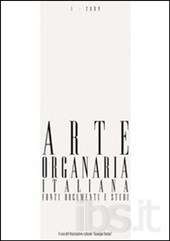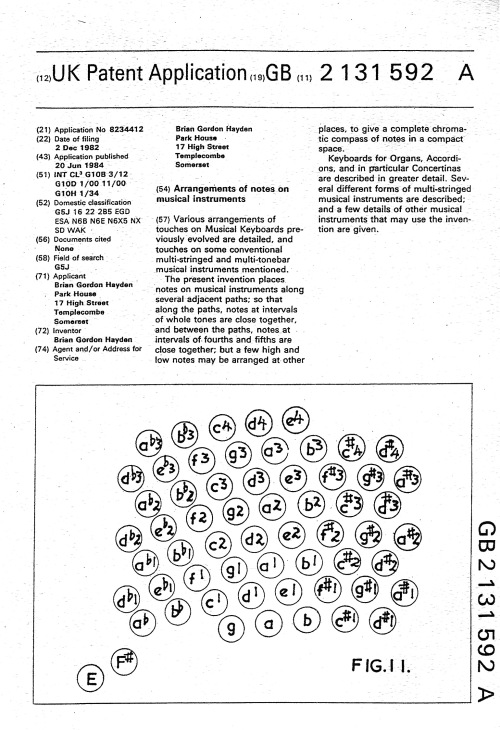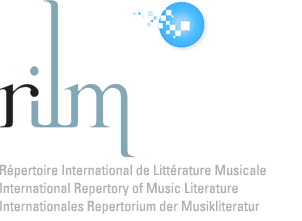Carlo Minasi (1817–91) was a London-based pianist and concertina player who also taught both instruments, a prolific composer and arranger for the concertina and other instruments, the author of 21 instrumental tutors (13 for the concertina), and a talented inventor. He produced 42 albums of songs and tunes—22 for the English concertina, 10 for the German concertina, and 10 for general use—and he obtained patents on concertinas of his own design and on several specific improvements. He also patented improvements in firearm and furniture design, as well as one for a poultry incubator.
Despite his accomplishments, Minasi is not profiled in any of the standard music encyclopedias; as far as we know, the only comprehensive source for information about him is Randall C. Merris’s Carlo Minasi: Composer, arranger, and teacher, concertina and piano in Papers of the International Concertina Association volume 6 (2009), pp. 17–45.












